Dear Friend,
A little while ago I wrote about things I love so much that I almost can’t bear them. This is almost how I feel about the beautifully mad opening ceremony of Paris 2024.
I have been excited about these Olympics for a long time, so when Friday came, the day of the opening, I was determined to lean into the Olympic spirit. In the morning, my friend Anna and I cycled up to Saint-Denis, the northern suburb of Paris which houses the Olympic Village, to get a glimpse of the last leg of the torch relay, featuring a seemingly incongruous Snoop Dogg. In the event, his appearance was pretty joyful; local families and teenagers (who presumably were not alive for his greatest hits) gathered in a local park just behind the Stade de France stadium. Then he emerged — a tall, dignified pole dressed in white, looking very regal with his long braid and lofty torch. Kids shouted “Snoooop” and ran to follow him as he went by. It was unexpectedly moving, setting the tone for the emotional day to come.
Thanks to a press invitation, I was able to attend the ceremony on the banks of the Seine, seated diagonally across the river from the Eiffel Tower, in front of the Palais de Tokyo. I was delighted to get the ticket, but being there on my own (in the sense that I was with strangers, and not my nearest and dearest), added a kind of solemnity to the occasion for me. Despite the rain, I was enthralled and delighted by it all.
The eccentric poetic armada was prepared and rehearsed in secret for two years, under the artistic direction of youthful theatre director Thomas Jolly, who before the show had announced his intention for a joyful, inclusive celebration of France in its diversity.
When rumours emerged that pop singer Aya Nakamura, who is the most streamed French-language artist ever, might be performing at the opening ceremony, the ever-looming Marine Le Pen took to the airwaves to describe how such an event would “humiliate the French people”.
When probed as to why, she evoked the way the singer dresses and her “vulgarity”, adding, “she doesn’t sing French” [sic]. The hardly-veiled dog-whistle racism was apparent. Nakamura was born in Mali, a former French colony, and came to France when she was child, growing up in the historically poor Seine-Saint-Denis department to the north of Paris, where the Olympic Village is housed during the Games.
On Friday, not only did the superstar sing, she was also accompanied by the Republican Guard, a ceremonial branch of the gendarmerie, comparable to the King’s Guard in the UK. The location of the performance was also deliberate and symbolic, in front of the ultra-traditional French Institute, where the Academie Française, composed of 40 ‘immortels’ — eminent academics in green robes — act as guardians of the French language.
The building and institution built by Cardinal Richelieu under the reign of Louis XIV was part of a push to codify the French language and centralise French culture in Paris. Its establishment happened in parallel with the start of France’s quest for colonial power, which began at home with the stamping out of regional languages and continued across the world, well into the 20th century.
As part of a section of the ceremony entitled ‘égalité’, Nakamura and the Garde Republicaine performed a mash-up of her popular songs with ‘For me formidable’ by late legend Charles Aznavour.
Frédéric Foulquier, the band’s musical director spoke about the performance with affection afterwards.
“ [It was an] improbable meeting between two worlds, and in the end it very well, it was very nice — a joyful and cordial environment, a cultural and musical communion. Everyone was aux anges” (i.e. blissfully happy).
I also loved all the Marie-Antoinette madness, the part where an army of beheaded Marie-Antoinettes appeared at the windows of the conciergerie, where the ill-fated Austrian queen was ACTUALLY imprisoned before being sent to the guillotine in 1793. Her severed head sings, “Ah ! ça ira, ça ira, ça ira”, a song written by dissidents of the French Revolution and set to the tune of a song that the queen reportedly liked to play on her clavichord.
Ca ira, meaning ‘it will be alright’, is a phrase you hear everyday in French life: for example - ‘do you want a receipt for this transaction?’ - ‘non, ça ira’. Whereas in this song, we have “Ah ! ça ira, ça ira, ça ira ! Les aristocrates on les pendra.” (it’s fine, it’s fine, it’s fine - we’ll hang the aristocrats!).
Another highlight: the feminist Marseillaise. Jolly had expressed his intention to shine light on the contribution of women to French history and culture and when mezzo soprano Axelle Saint-Cirel sang the national anthem from the top of the Grand Palais, ten golden statues of great women from French history emerged on the water. There were so many interesting women represented there, including Louise Michel, the ‘communard’ revolutionary who fought for an end to child labour and for rights for women and ethnic minorities; and Simone Veil who survived the Holocaust as a child and went on to legislate for French women’s right to abortion. I would love to write more here about some of these figures in the future.
And of course, the ending sequence…the flaming balloon and Celine Dion up the on the Eiffel Tower! The golden balloon suspended ethereally in the Tuileries Garden, punctuating the western axis of the city that leads out to the Arc de Triomphe and La Défense, is breathtakingly beautiful. It will be up for the duration of the Games. I went to see it on the weekend and looked just as good in the day.
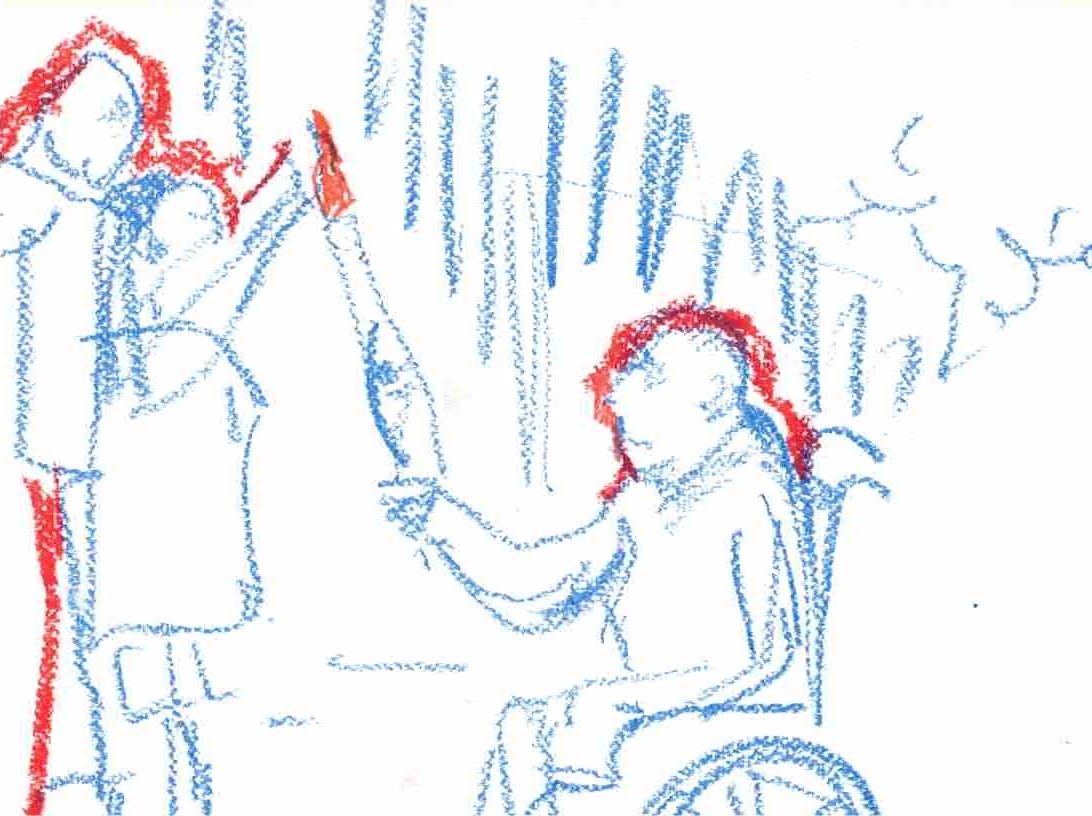
And then that last song from Celine Dion, her FLAWLESS rendition of Edith Piaf’s Hymne à l’amour. Incidentally, this wonderfully dramatic love song features one of my favourite lyrics ever, with this fantastic equivalency:
FR: J'irais jusqu'au bout du monde/ Je me ferais teindre en blonde / Si tu me le demandais
EN: I would go to the ends of the Earth / I would dye my hair blonde/ If you asked me to
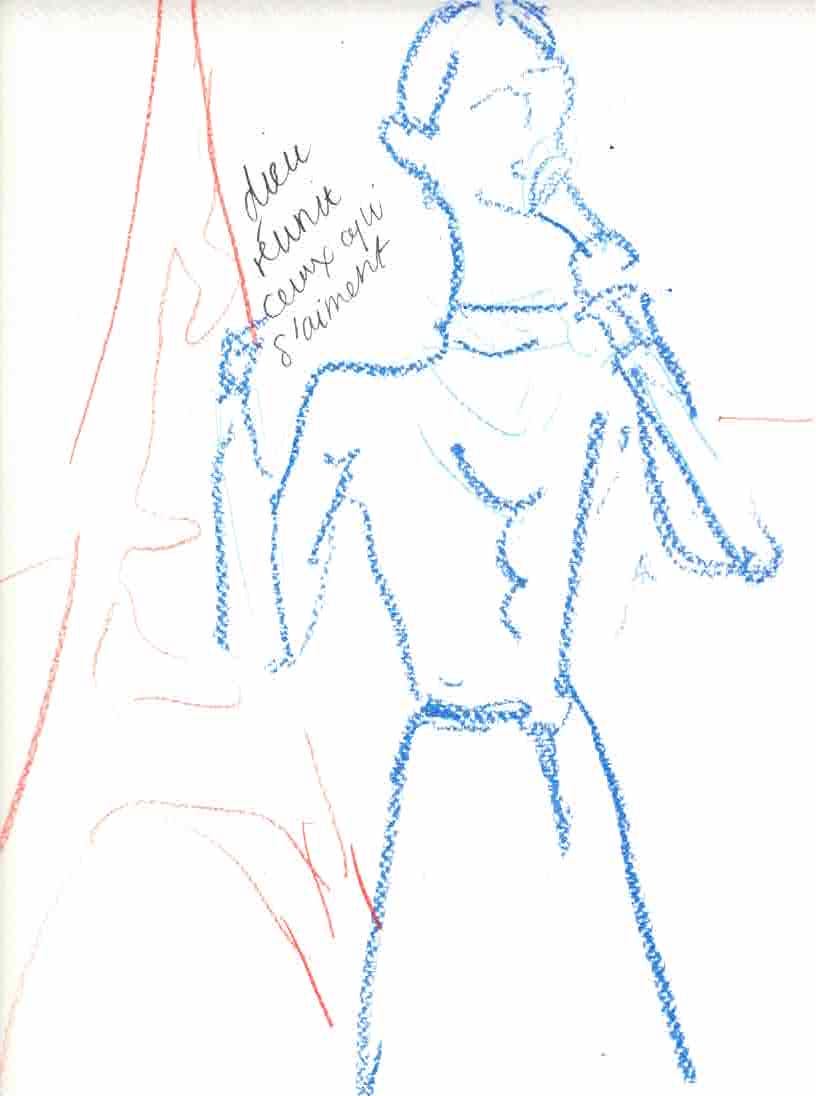
There were many other highlights, too: étoile ballet dancer Guillaume Diop dancing on the roof of the town hall; paintings disappearing from the Louvre to the tune of Danse Macabre by Camille Saint-Saën (or the Jonathan Creek theme music, to the discerning); Juliette Armanet’s rendition of modern Olympic anthem Imagine with a call for peace at the end.
On the morning after the event, French media and locals alike were excited and proud about the eccentric display, declaring it a triumph despite the rain and a rare moment of unity for France, in all its diversity.
—
Only some commentators have criticised perhaps the most anarchic part of the whole show, when French comedian Philippe Katerine emerges from a platter, painted blue and almost naked, representing the Greek god Dyionosus. He’s surrounded by a number of dancers, drag entertainers and high-profile members of the LGBTQ community in a tableau entitled ‘festivité’. People quickly suggested it looked like a crude pastiche of the Last Supper. Jolly denies that this was the intention.
I was also surprised to learn that the reaction in the UK of the Paris ceremony has been quite mixed. Some people thought it was too specific and French (the Philippe Katerine feast is probably the best example), while others suggested it was not French enough, opening with an American singer and ending with a (French-speaking) Canadian performer. It’s a tricky one as apart from footballers (Zizou! Mbappé!), there unfortunately isn’t really a French person who is famous enough internationally to offer the gravitas/oomph required for the moment.
In this way, I think the anglophone nations, the US and the UK, have a star-power advantage when hosting these global events. Because of the dominance of English as a global lingua franca (insult to injury that this term actually originally referred to French! - sorry Louis XIV!), ‘Anglo-Saxon’ cultural exports and artists are already much better known to the world. Paul McCartney has more cut-through than Renaud, the Spice Girls more clout than… a French equivalent that I would have to Google.
Maybe the most accurate summation of the event I’ve heard yet came from my father who said by text, “it was very French in that the ambition was almost impossible.” I think that’s totally right — this culture is devoted to pure, perfect and beautiful ideas, and less so to the compromises that might be required to execute them (I’ve written about this before). Therefore, it was considered worth the impracticalities of creating a police cordon around the Seine to honour the poetic idea, and also worth the risk that the weather might not oblige.
There’s no doubt that the rain did interfere with what the directors were trying to do with the various threads of the narrative — for example, all the cutaways with the masked flame-bearer were seemingly meant to be sequential with what was happening on the river, but because they were filmed on a beautiful, sunny day – the kind we expect in late July! – they looked like they were from another world. It also added an extra layer of complication to filming, and some of the shots were shaky, rainy or just didn’t seem to be in quite the right place.
But actually, I think the rain added a level of drama that was almost cathartic amid all the political turmoil and Olympic doubting in France over the last few months. It was almost like a huge purge of the nerves and trepidation. And the sun soon came out.
—
What did you think? Please let me know by writing back by email or in the comments.
Word is already in from faithful reader Judge Roy Bean, who lives in the US and whose mother came from France:
“I'm 71 and I've never seen a more creative, artful or stunningly beautiful opening ceremony in my life. The teams on boats will never be topped. And the Eiffel Tower took the world's breath away! I'm proud to be French!”
Thirty-second book club
I finished the eponymous first in the Country Girls trilogy by Edna O’Brien and am now reading the second, called The Lonely Girl.
I sadly learned that O’Brien died this week at the age of 93.
I have been corresponding about her with my former housemate and forever friend
, who had already told me what a bold figure O’Brien was and what a stir her writing caused in the Sixties.The Country Girls trilogy follows the lives of frenemies Caithleen and Baba as they grow up through adolescence and adulthood. Employing elegant yet very unpretentious prose, O’Brien allows us to see the world through their eyes and the opportunities and limitations it holds for them as young women. They think and want things and desire men and adventure, which was enough to get the book banned in Ireland, publicly burned by priests and its writer declared “a disgrace”. Several subsequent novels were banned too.
Below is a short passage from the book I just read, written from the perspective of an adolescent Caithleen. The character is meant to be about 19 and she is getting ready for a date with an older man who she refers to as “Mr. Gentleman”. The prose is gorgeous and full of ideas.
“It’s the only time I’m thankful for being a woman, that time of evening when I draw the curtains, take off my old clothes, and prepare to go out. I brush my hair under the light and the colours are autumn leaves in the sun. I shadow my eyelids with black stuff and am astonished by the look of mystery it gives to my eyes. I hate being a woman. Vain and shallow and superficial. Tell a woman you love her and she’ll ask you to write it down so she can show it to her friends. But I am happy at that time of night. I feel tender toward the world, I pet the wallpaper as if it were white rose petals flushed pink at the edges; I pick up my old, tired shoes and they are silver flowers that some man has laid outside my door. I kissed myself in the mirror and ran out of the room, happy and hurried and suitably mad.”
I hope you enjoyed this fan-girl look back at the Opening Ceremony, as well as some of the political context surrounding it.
I have also written an article for Telegraph Travel, which looks at the general feeling in Paris these first few days, as well as the scepticism before the games and some further information and key stats about the organisation of the Games. I hope you find it interesting if you read it. It also features a short audio clip of me talking to some tourists who have travelled to Paris for the event. If you have any issues accessing the article behind the registration wall, please drop me an email and I will see what I can do!
Have a lovely week and I hope you enjoy watching the comeptitions (apparently sport is quite a big part of the Olympics, too).
Yours,
Hannah





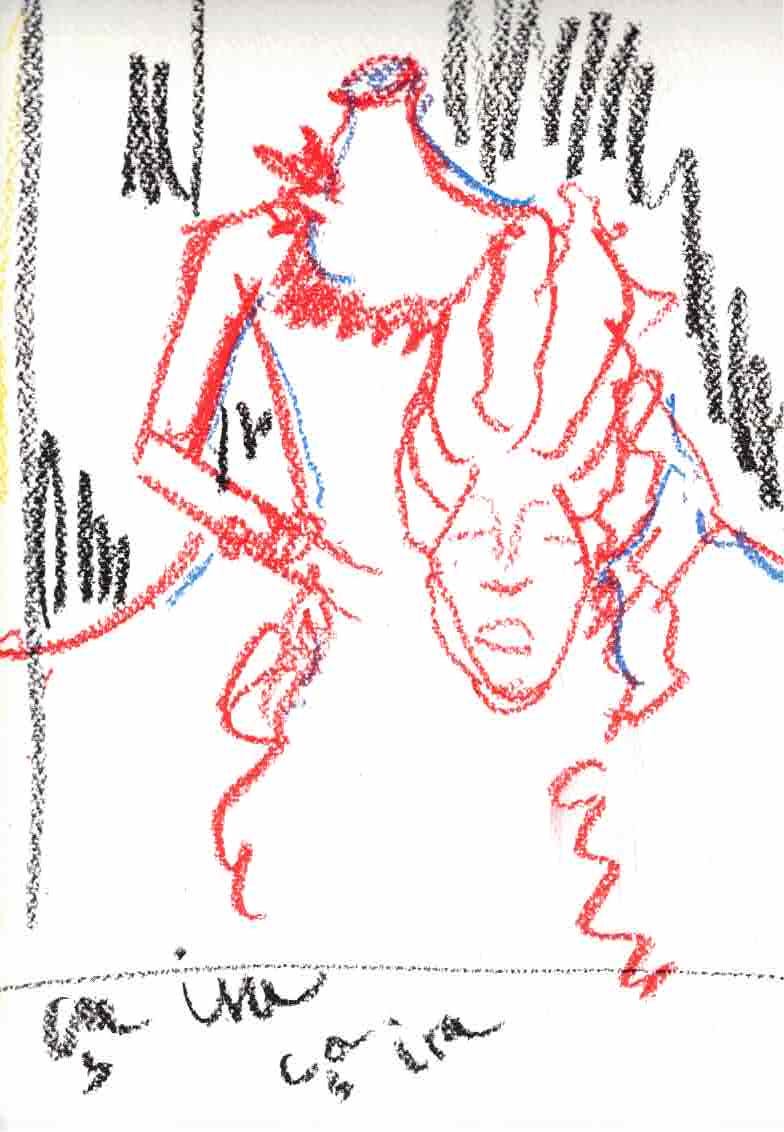

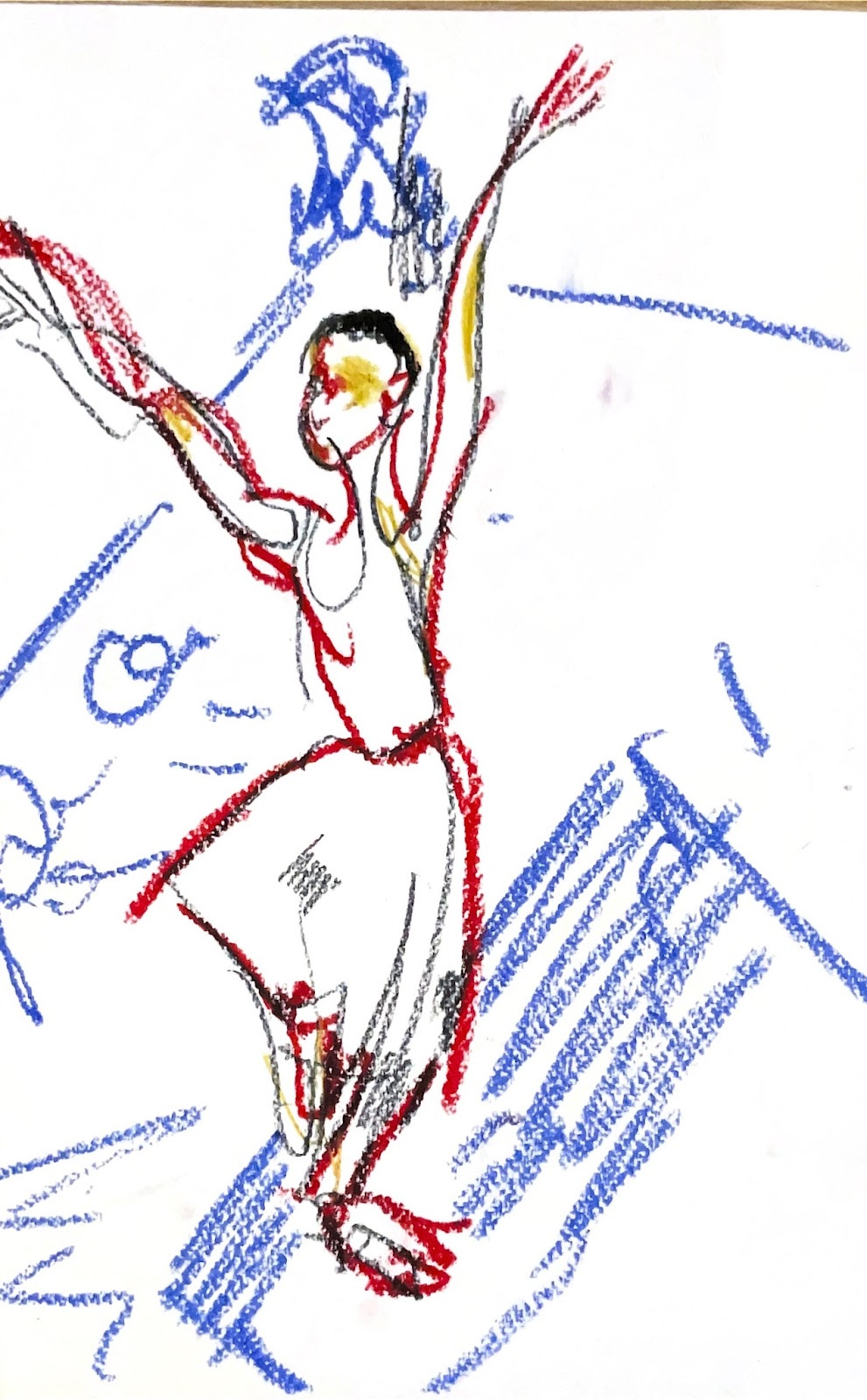
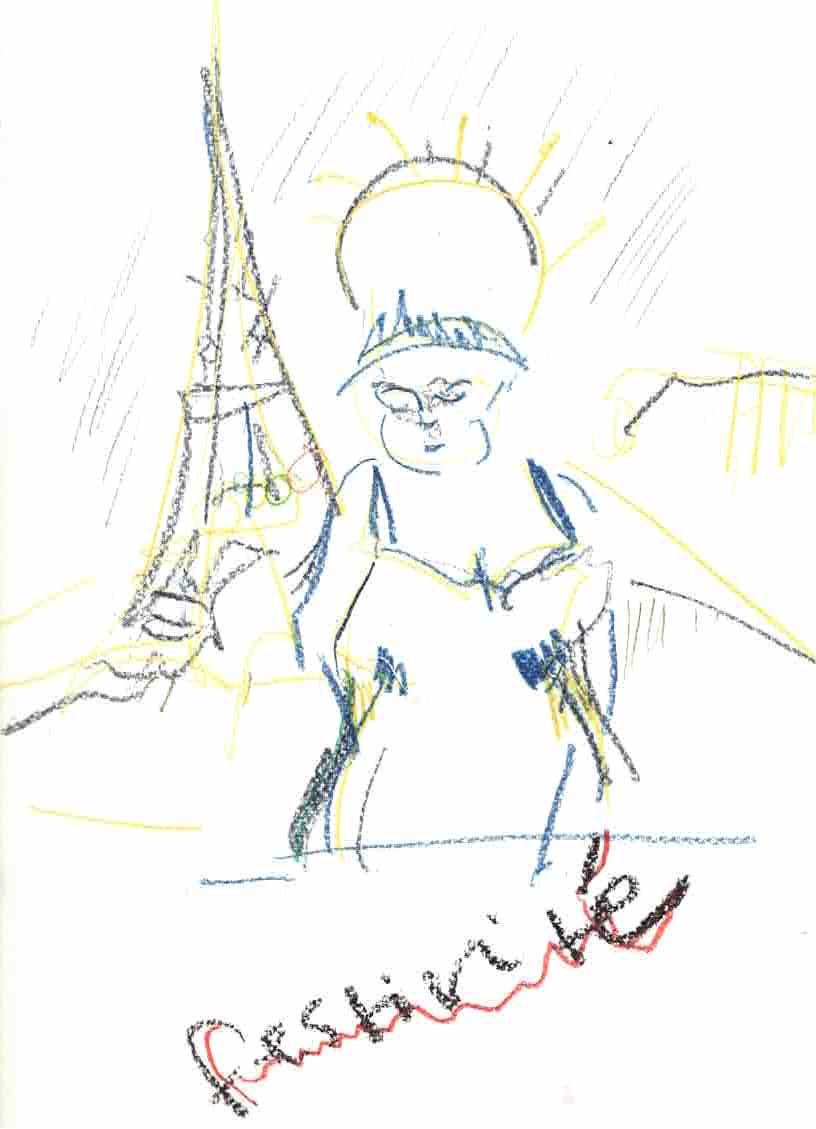
I adored it, it really showcased Paris and the horse on the Seine was magical. I wish I could see the flame in real life it just looks amazing.
The only bit I wasn’t keen on was the motorboat back up the Seine with the flame - thought Serena Williams was going to be sick!
I would love to read some background on the women who were featured as statues emerging from the Seine.
Also shout out to Keir Stammer stoically sitting in his blue anorak - best photo of the night!
This is a really good analysis. I absolutely loved it too, but didn't care for the Philippe Katerine tableau that much. Not that I took offense whatsoever, I just felt it didn't really work that well. And wouldn't you know it that THAT piece would be the one to cause so much uproar.